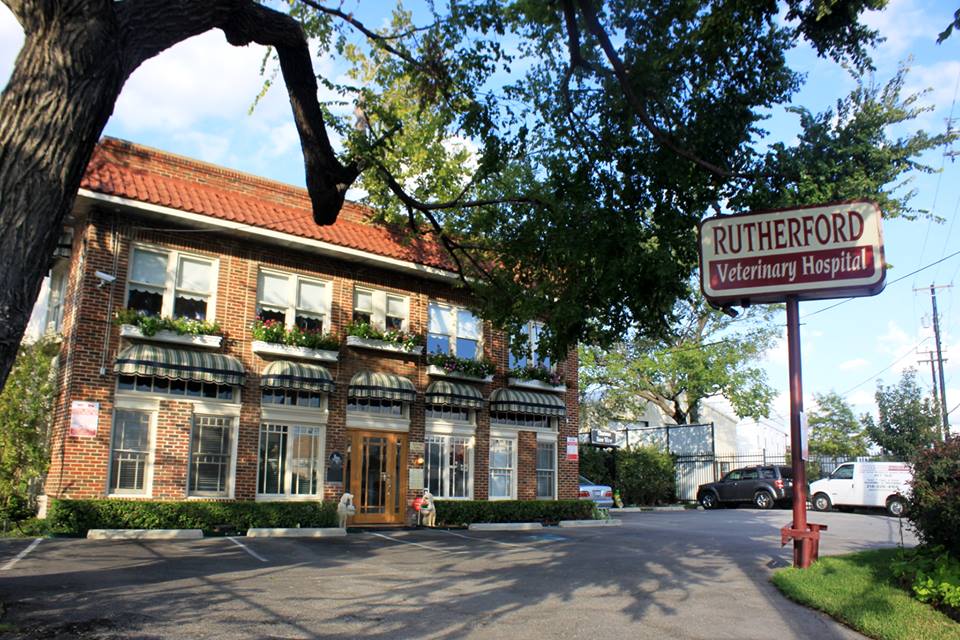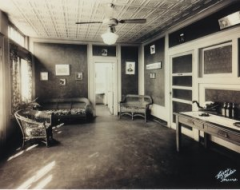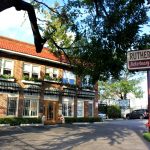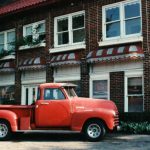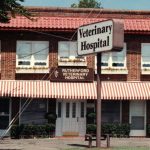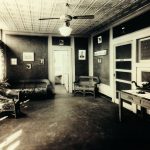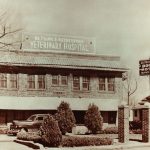If you drive down Gaston and keep driving down Gaston, then pop a left on Haskell and drive past I-30, you’ll see a building emerge on your left. It’s storybook material — boxy, brick, with flower boxes in the white-trim windows and striped awnings. It’s the kind of place where you expect a cheery, white-haired man in a lab coat to hand out peppermints to well-behaved children.
Some of you might know which building I’m talking about. Some of you have probably taken your pets there. Or your kids’ pets. Or your grandkids’ pets. Rutherford Veterinary Hospital is celebrating its 90th birthday this year, and it pulls most of its business from the East Dallas/Lakewood area.
The reason Rutherford’s feels like a trip in a time machine is because, even though the neighborhood around it has changed dramatically over the decades, it has managed to keep the integrity of the original structure.
The inside of the building is almost as picturesque as the outside, with new ceiling tiles that match the originals. The front room and the front office have been kept largely the same, although the back rooms were completely redone and a spacious pet play area was added in the back.
Rutherford Veterinary Hospital was founded by Dr. Frank E. Rutherford in 1924. He died young, and his son-in-law, Charles Steeger, assumed ownership of the practice in 1936. In 1969, the practice was joined by a young new graduate named Ronald Vaughn. He became a major fixture at the practice, although he is now working towards his retirement. Teri Rowan bought the practice from Vaughn in August with plans to carry on the Rutherford legacy.
According to Rutherford’s website, a great deal of effort has been exhausted to preserve the original face of the building.
“Much of the expense involved could have been avoided by simply destroying the old building and building a new one,” the About Us page of the website states. “However, because of its historic significance to Dallas, the State, and the veterinary community, we have done all that we could to preserve it for generations to come.”
In 1999, the lobby was restored back to its original integrity based on a 1930’s picture (pictured left).
Click the tabs below to enlarge the photo.
- Provided photo
- Provided photo
- Provided photo
- Provided photo
- Provided photo

